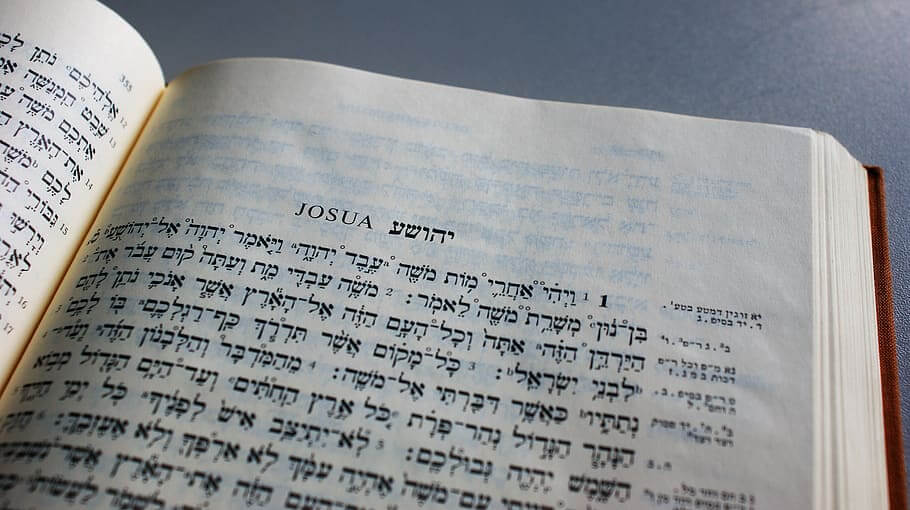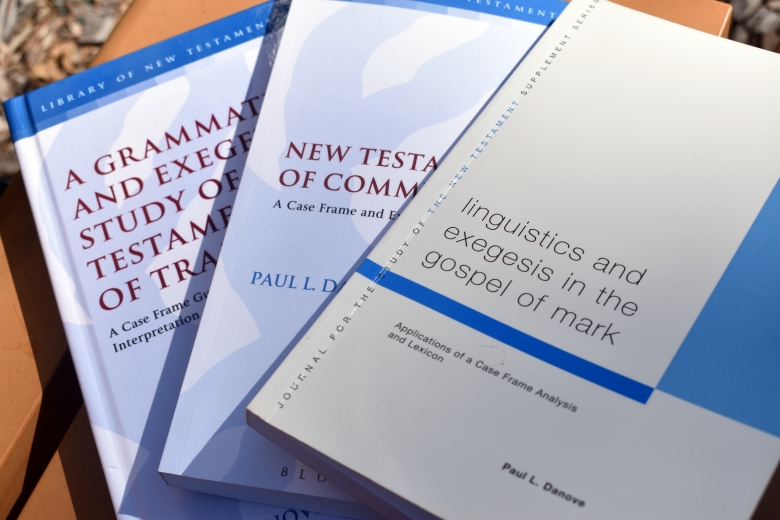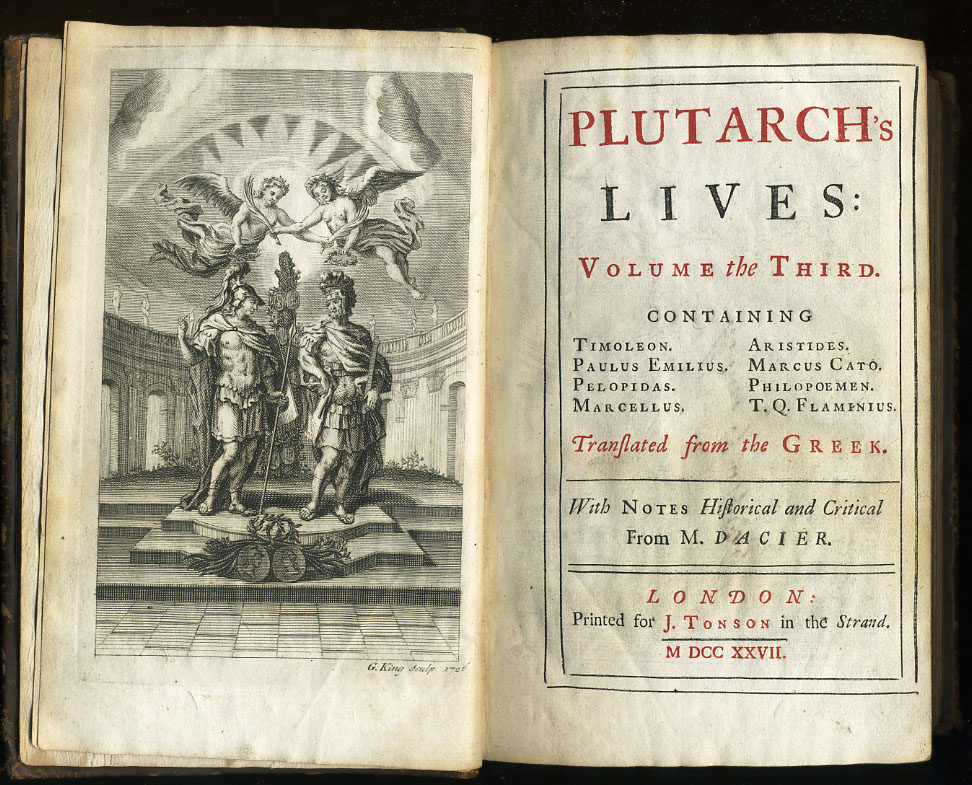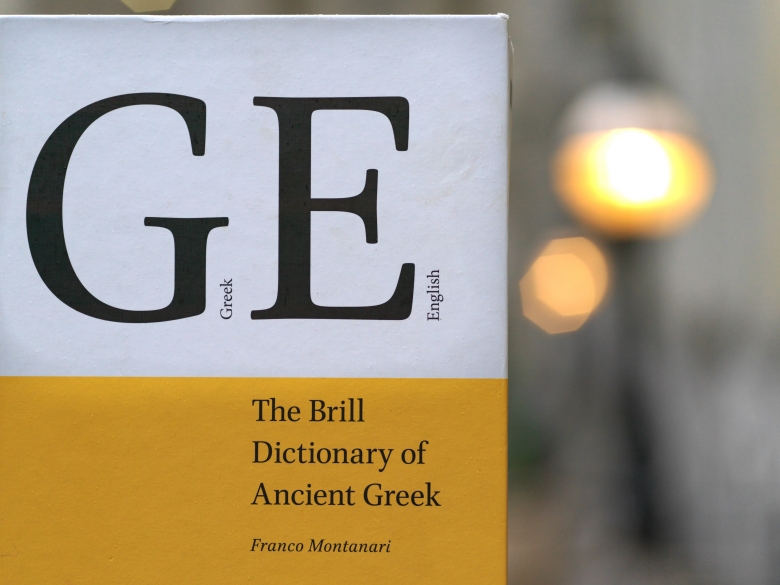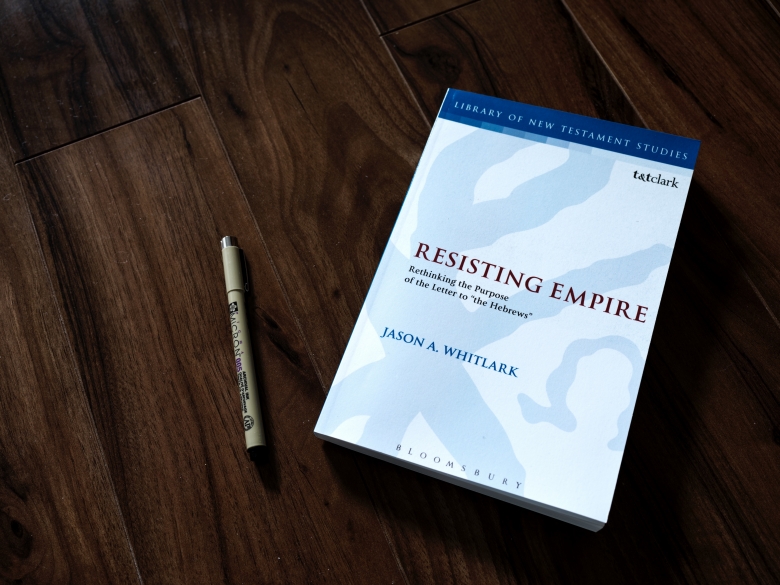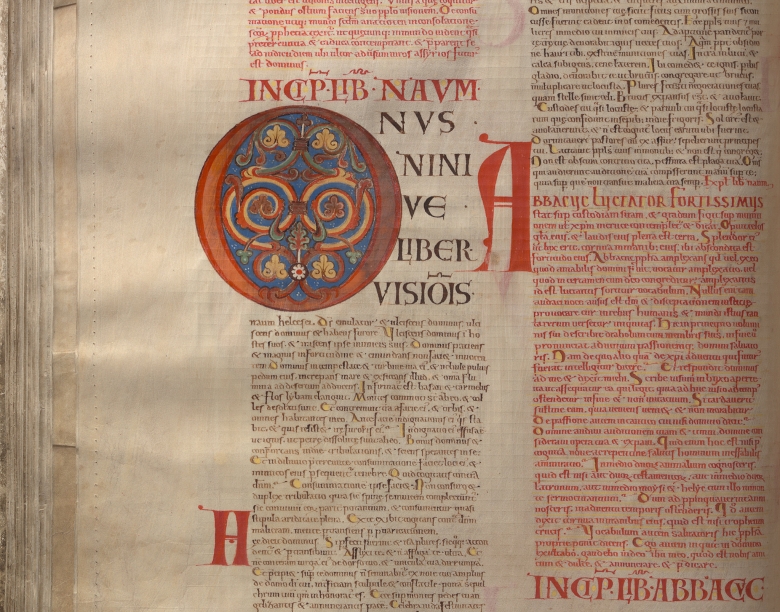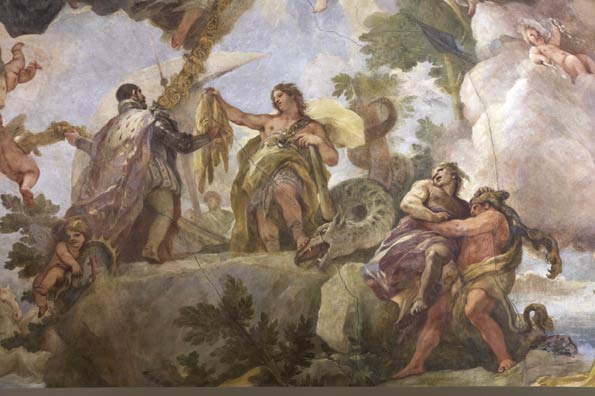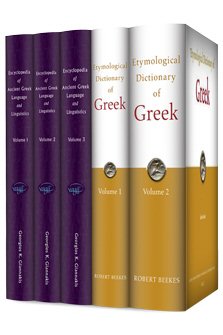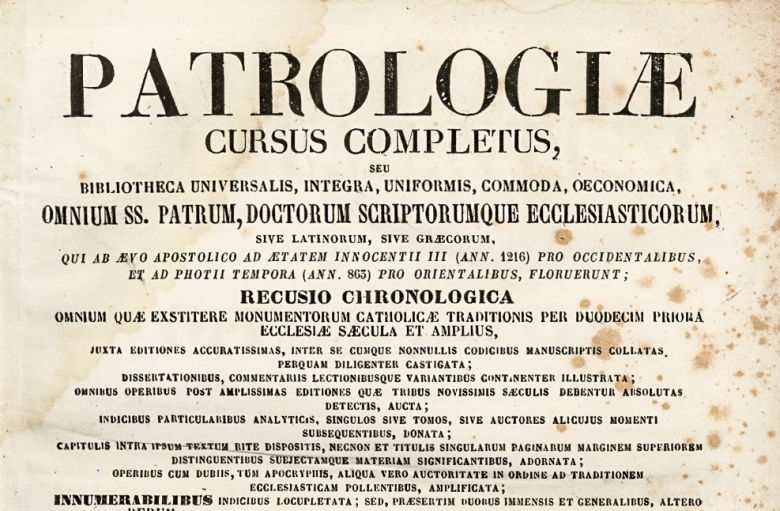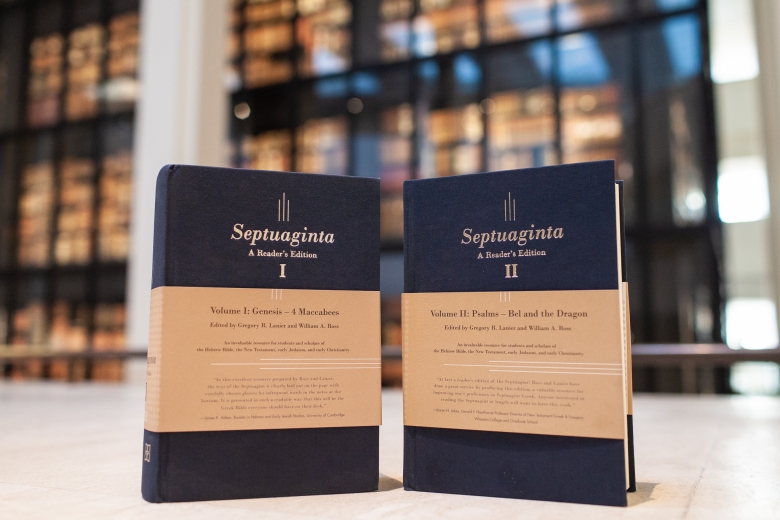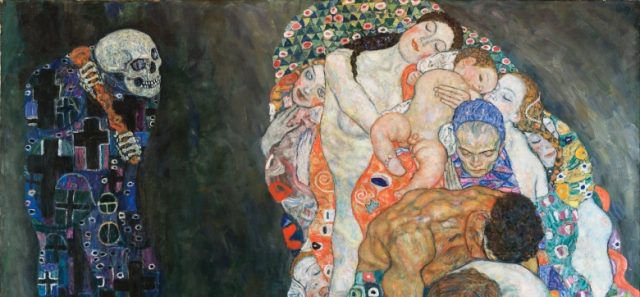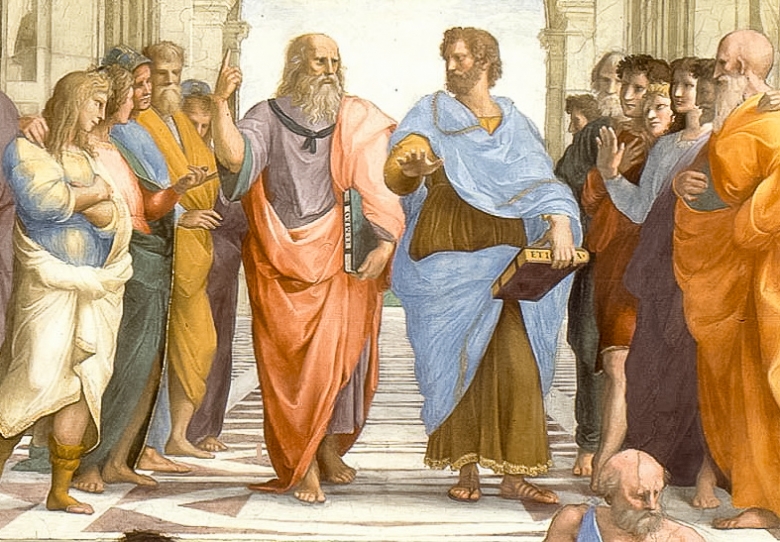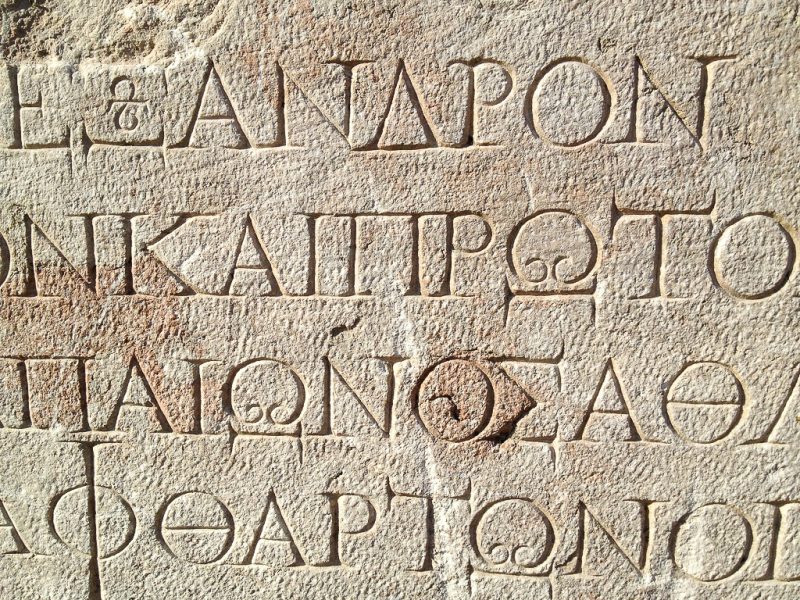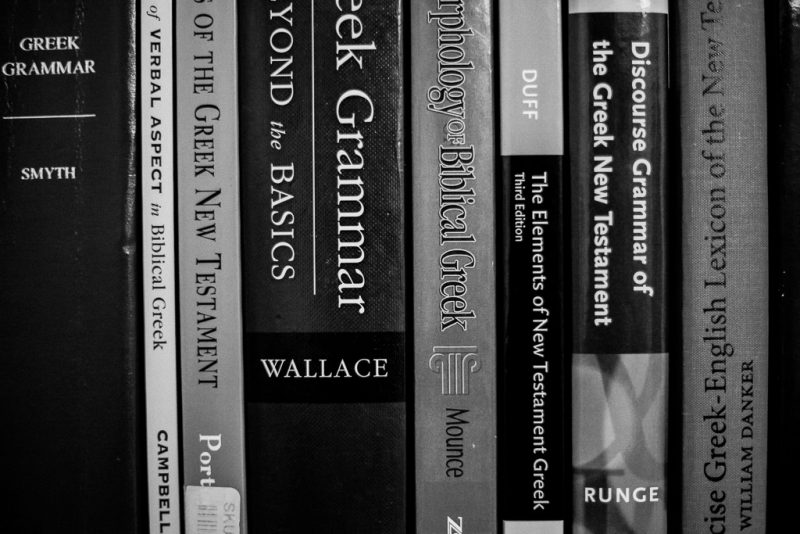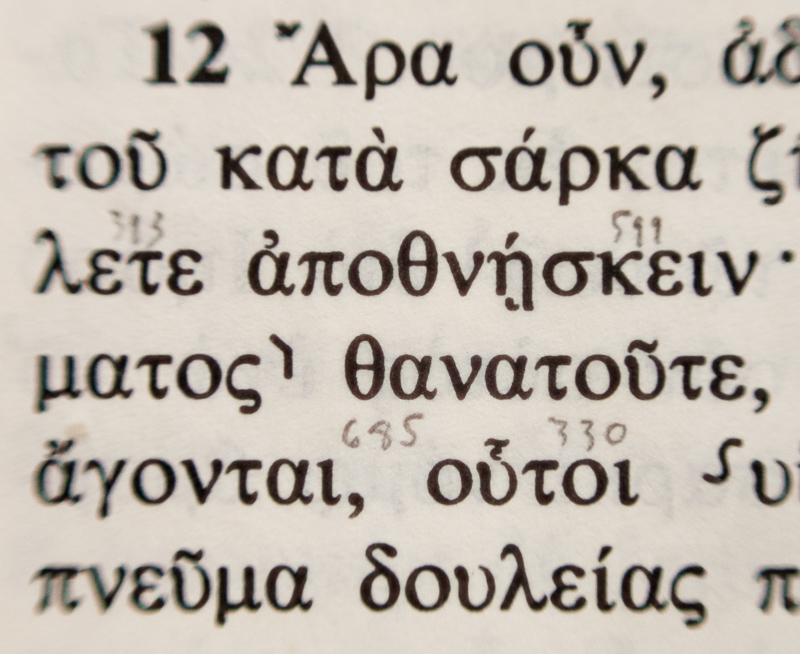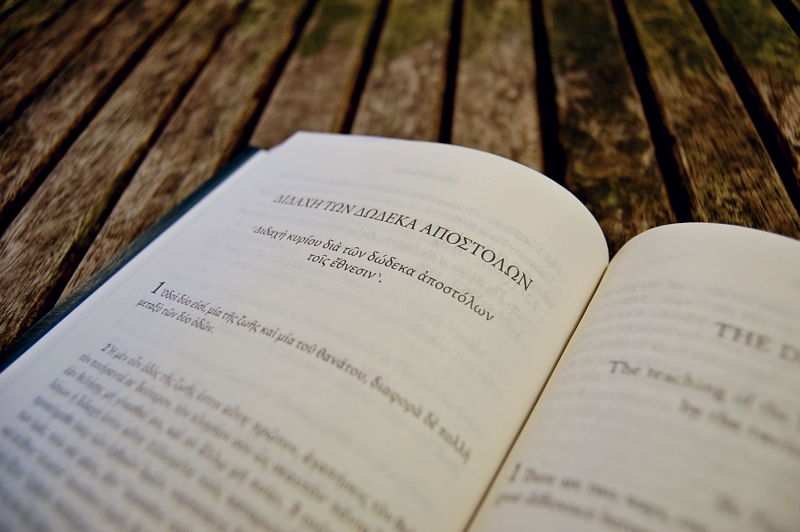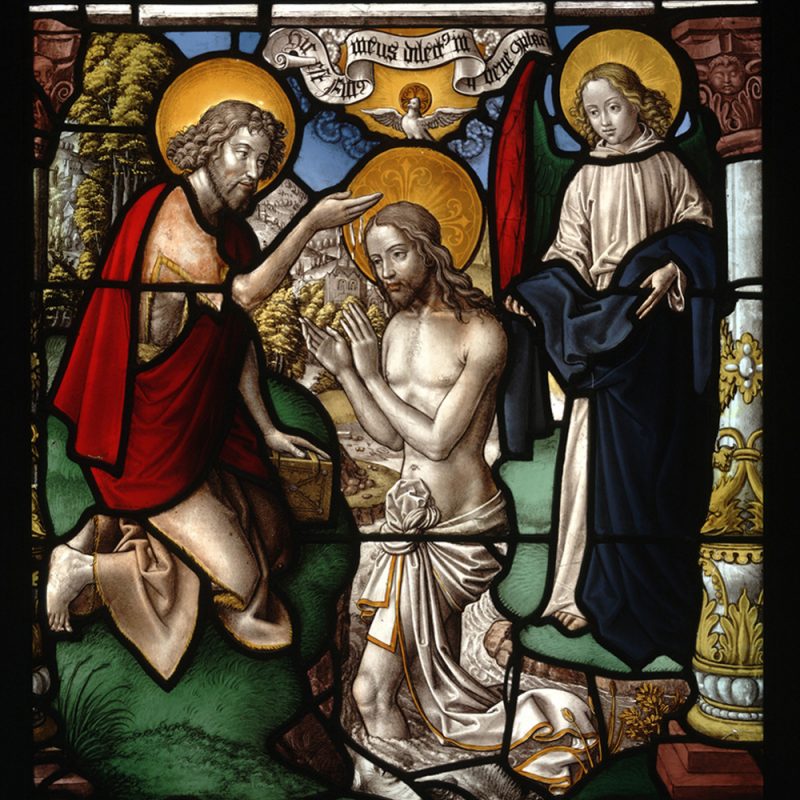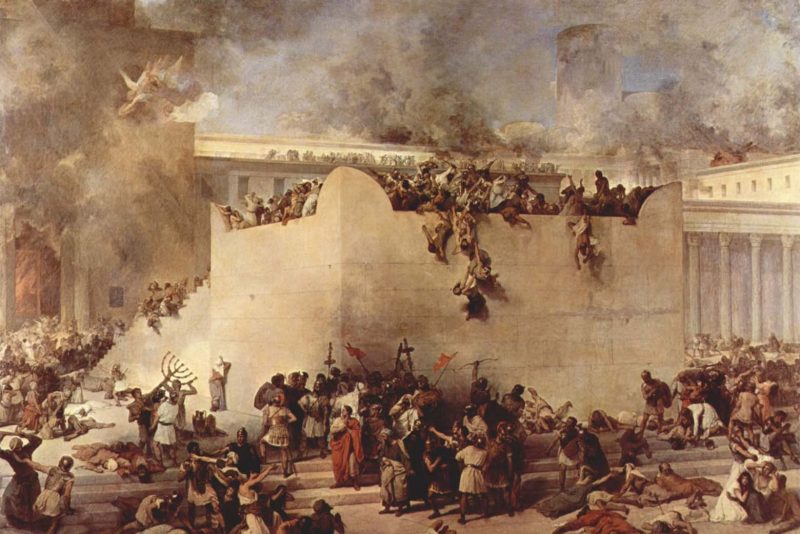"It is one of the most painful deficiencies of Biblical study at the present day that the reading of the Septuagint has been pushed into the background, while its exegesis has been scarcely even begun."
Keeping Up Your Biblical Languages by Jonathan G. Kline is your answer to doing faithful, consistent reading in Hebrew, Greek, and even Aramaic this year.
"Mounce is to be commended for producing a quality seminal grammar, and this latest edition is a worthy upgrade."
The keyboard selector can help you easily use Logos with Greek and Hebrew languages to avoid copying and pasting or transliterating text.
What if there was a lexicon that required less art and more science?
Reading Plutarch will generate new ideas in your own thinking, ushering you into the company of the great minds who came before and inviting you to live life well along with them.
Words by Mike Aubrey, Photographs by Tavis Bohlinger Both Brill’s new Dictionary of Ancient Greek (GE) and Liddell and Scott Greek–English Lexicon with Revised Supplement (LSJM) are more or less the same size and length. As a publishing decision...
Words by Mike Aubrey. Photographs by Tavis Bohlinger Brill’s Dictionary of Ancient Greek is now available at logos.com. Many of us Greek language geeks have been rather eagerly waiting for its digital appearance on Logos, though perhaps other...
"Hebrews is a majestic and disturbing Christian speech that calls its audience to perseverance in its Christian identity" - Jason Whitlark
Source: Wikipedia I put some questions recently to John Meade and Peter Gurry regarding their newly launched Text and Canon Institute, based at Phoenix Seminary. In this interview, they discuss the impetus behind the Institute, the significance of...
Source: Wikipedia commons
Poetry. A dance of words across a page. A stance of rebellion against the constrictions of prose. But that is not to say that poetry is without rules.
Let’s talk about Greek. And what you need to master it. To gain fluency. Study. Years of hard labor bent over grammars and ancient texts. Speaking Ancient Greek with strangers on Skype. Dreaming in Koine. Right. Perhaps mastery at that level...
What is the draw, exactly, to owning the Loeb series? They present well in a bookcase, but unless you use them, they are no more than art. But thousands of us purchase Loeb volumes year after year, amassing our own personal libraries of texts whose...
Eight Logos features for a biblical scholar, from ways to work visually with the biblical text to building your own morphological queries.
Perhaps the most exciting and ambitious project of 2018 is the end-of-year release of Part 1 of the Patrologiae Cursus Completus, Series Graeca on December 26, 2018. We talked to both Rick Brannan, the profoundly-expertised-Greek-guru-resident...
We are immensely privileged to feature perhaps the most exciting new book project to come to light this year, Septuaginta: A Reader’s Edition. This immense 2-volume work, edited by Gregory R. Lanier and William A. Ross, is jointly published by...
Essay by Genevieve Scheele* Introduction The history of biblical exegesis and hermeneutics is not without controversy, and the apostle Paul’s Epistle to the Romans is no exception. It has more allusions and quotes from the Hebrew Bible than any...
Photography by Tavis Bohlinger* Welcome to the first in a new series on the Logos Academic Blog (theLAB), in which we discuss everything but the actual content of a book. Design Showcase is a series of interviews with both publishers and designers...
by Logan Williams It is now a general consensus among New Testament scholars that, despite its deviations from Jewish traditions, early Christianity can nevertheless be understood as a Jewish phenomenon. Even so, we all recognize that the “Jewish...
Brill volumes have a special place in my heart. Not only are they aesthetically pleasing as bound physical monographs, with utmost attention to detail in their craftsmanship of cloth-bound covers and gold-letter embossing, but the aesthetics also...
by Alan Taylor Farnes In 2007, James R. Royse published his exceptional study on the scribal habits of six early New Testament papyri. In his work, Royse revolutionized text critics’ understanding of the text-critical canon lectio brevior potior or...
by Christoph Heilig* Introduction Two weeks ago, Tavis Bohlinger wrote a blogpost in which he encouraged students and scholars of the New Testament to focus on the “common dialect,” ἡ κοινὴ διάλεκτος of the Greek language—that is, the Greek spoken...
by Vinh T. Nguyen In his recent post Four Reasons to Master Koine (and to Leave Attic Alone), Tavis Bohlinger made a plea to specifically focus on Koine in order to master “this particular type of Greek as thoroughly as possible.” This post...
Learning to read Koine (or biblical) Greek is essential, if you are training for church ministry, an academically focused career in biblical studies, or simply as a means to reading the New Testament in its original language. Even while I was in...
by Tavis Bohlinger* Yesterday we celebrated International LXX Day by publishing an essay on The Origin of the LXX. Today we are pleased to present the second half of that essay, because, well, we just love the Septuagint here at Logos (this proves...
by the Revd Dr Alan Garrow Alan’s work recently enjoyed attention as the focus of the $1,000 Synoptic Problem Challenge—as taken up by Mark Goodacre on Bart Ehrman’s blog (we covered the debate here, here, and here). While having an interest in the...
Using a commentary like you use a lexicon — it’s not really a far-fetched idea. There are scads of context-sensitive discussions of Greek and Hebrew words locked away in commentaries.
We are honored to have Drs. Peter Williams and Dirk Jongkind of Tyndale House, Cambridge, join us on theLAB to discuss the Tyndale House Edition of the Greek New Testament (THGNT).
The fuller version of this article was just published in the Journal of Biblical Literature as “The Messiah Is ‘the Holy One’:ὁ ἅγιος τοῦ θεοῦ as a Messianic Title in Mark 1:24” JBL 136, no. 2 (2017): 417–433. The Messiah is the Holy One of God...
It is inevitable that every student of ancient Greek will find a time when they feel out of their depth. Greek literature, as with literature in any language, ranges from relatively easy to read to frustratingly complex. And, since literary Greek...

